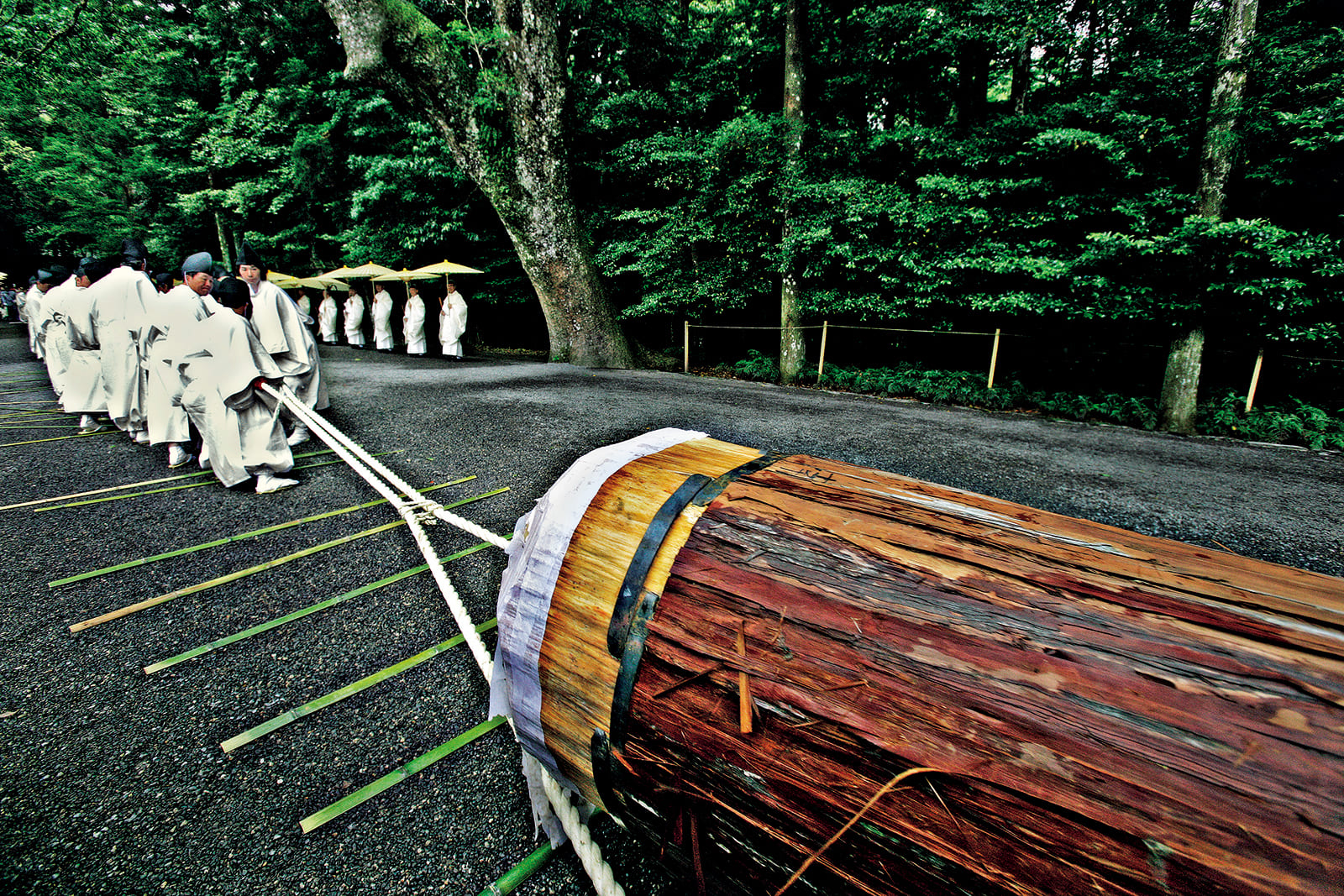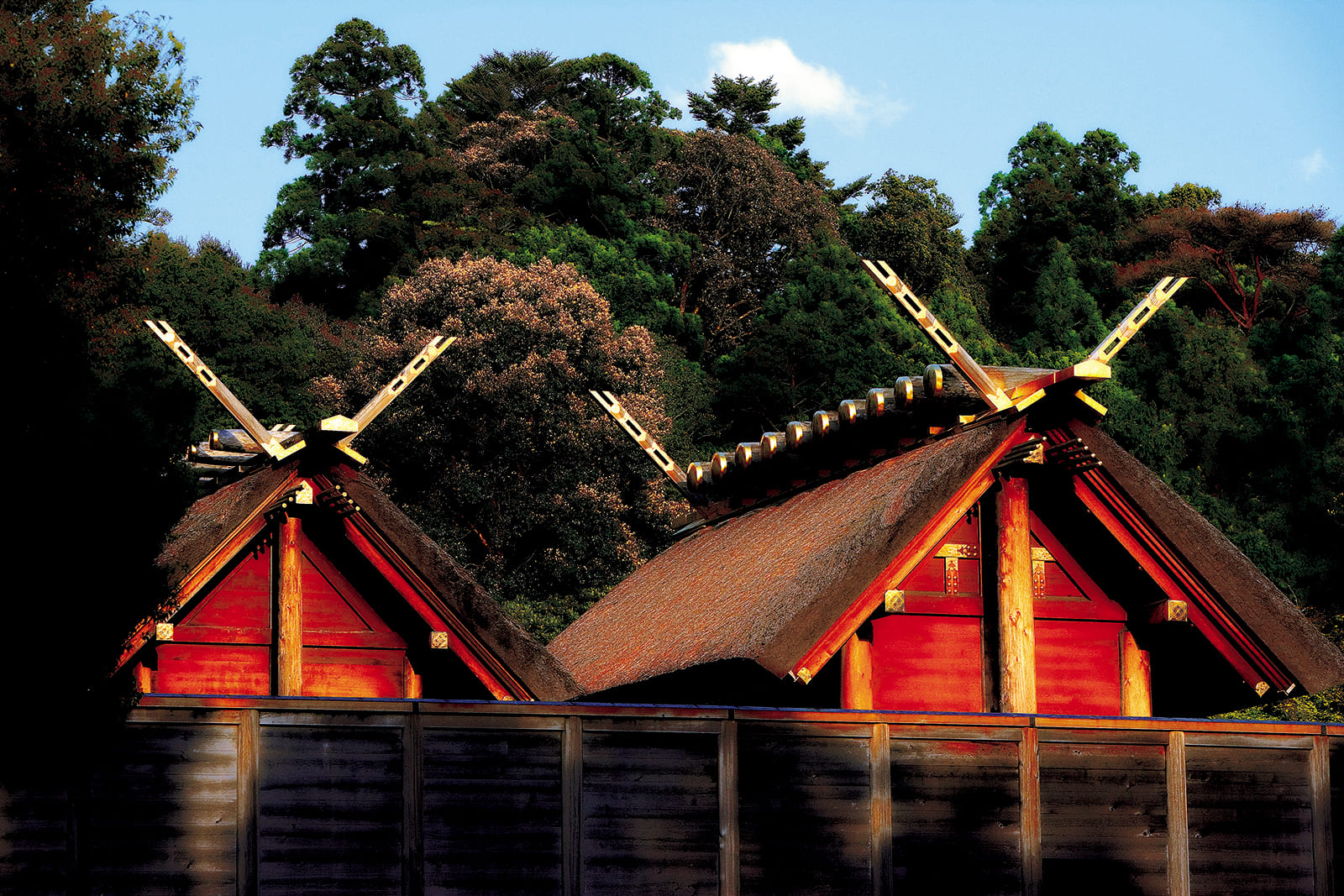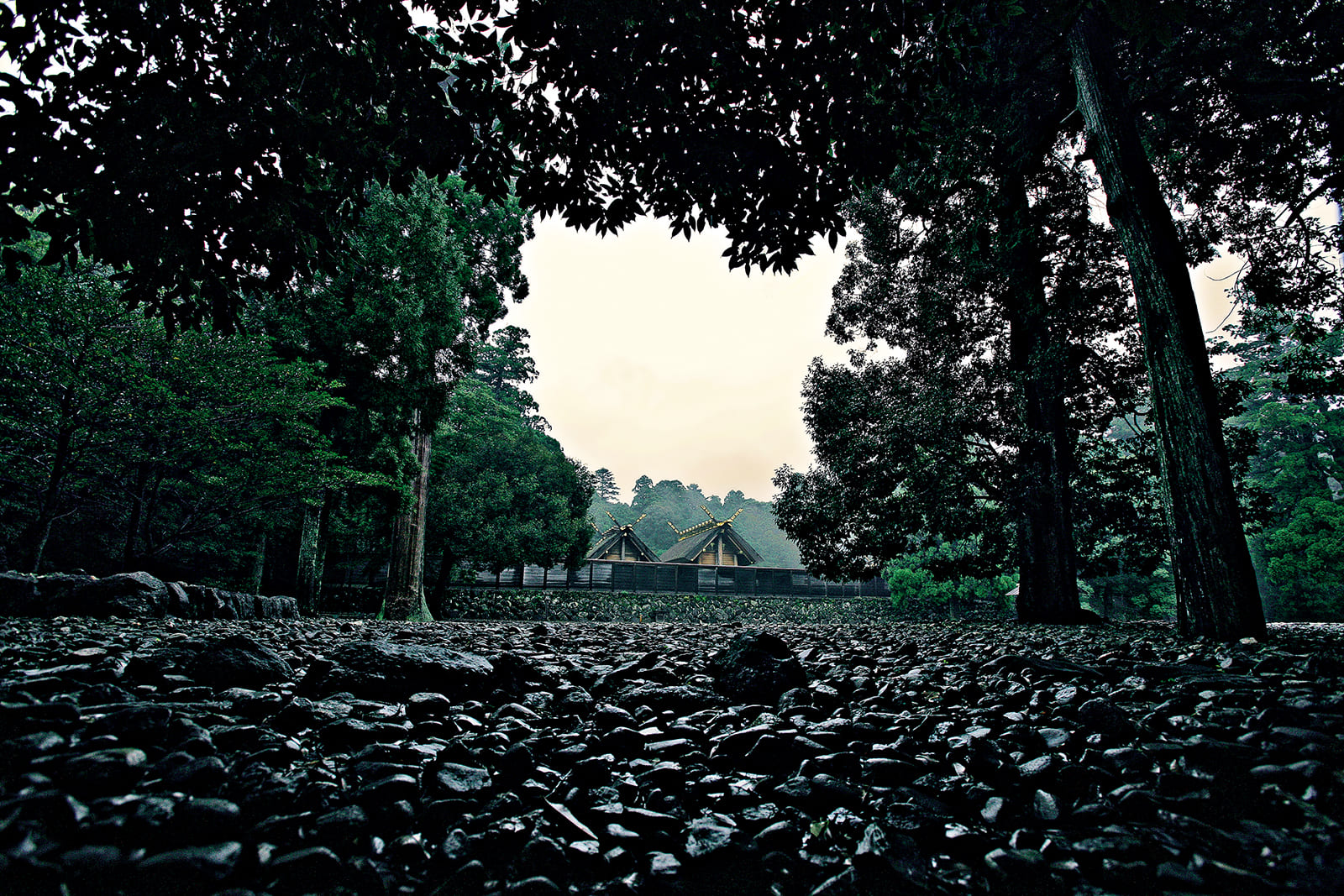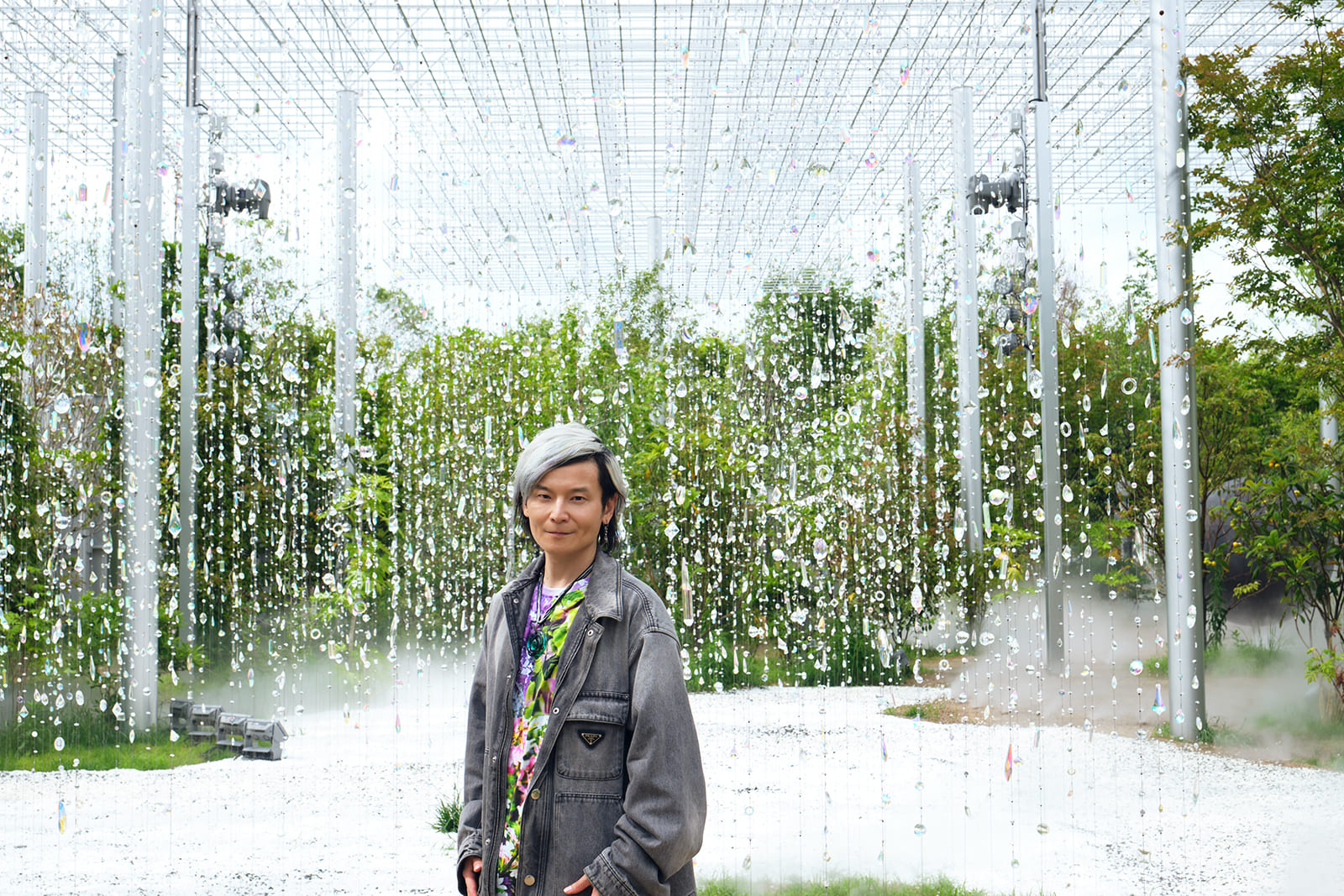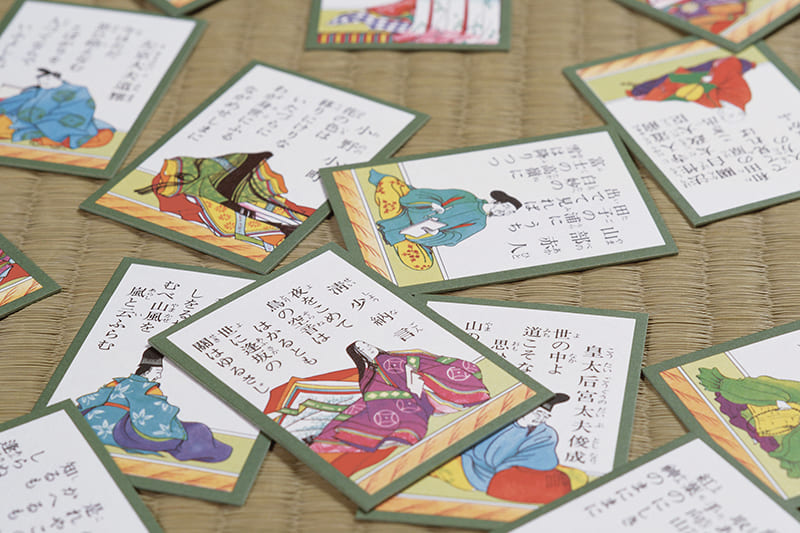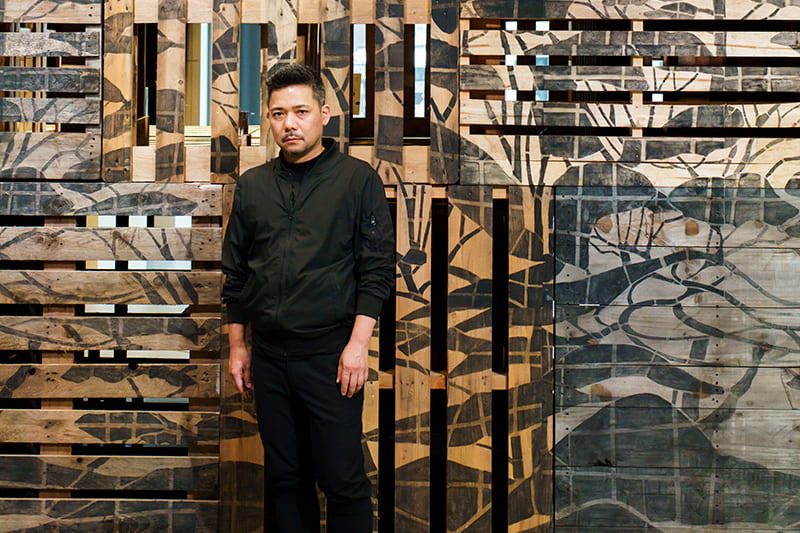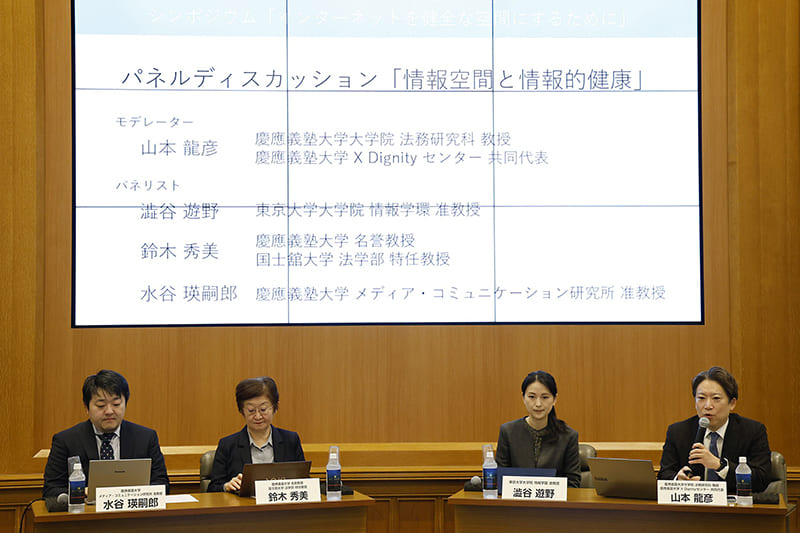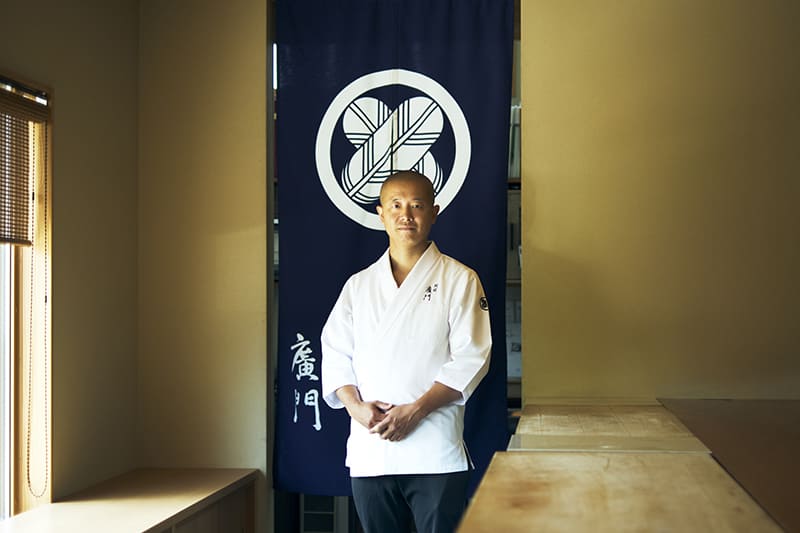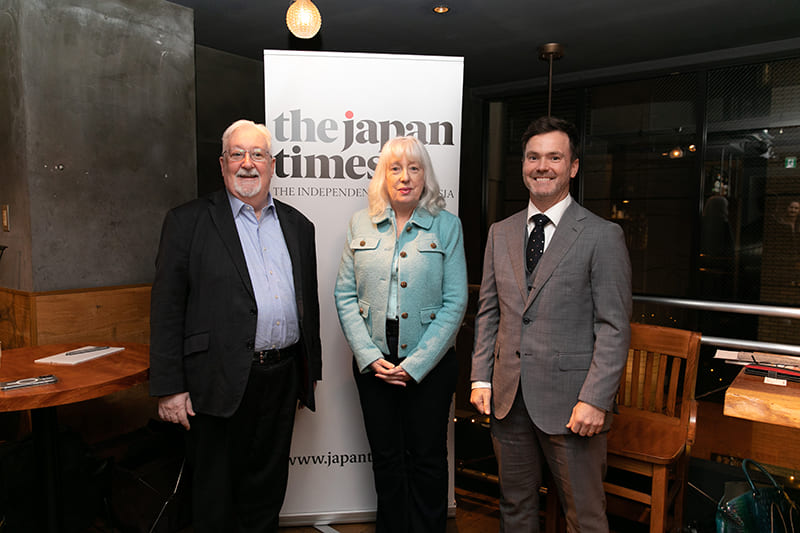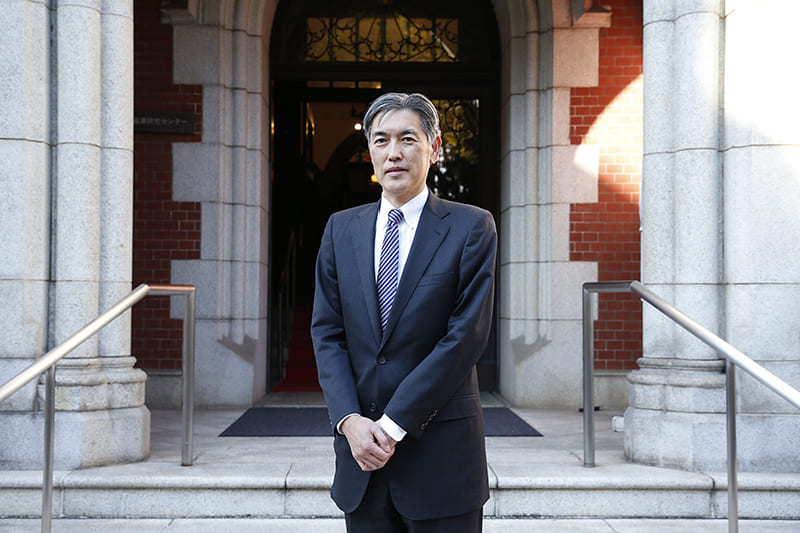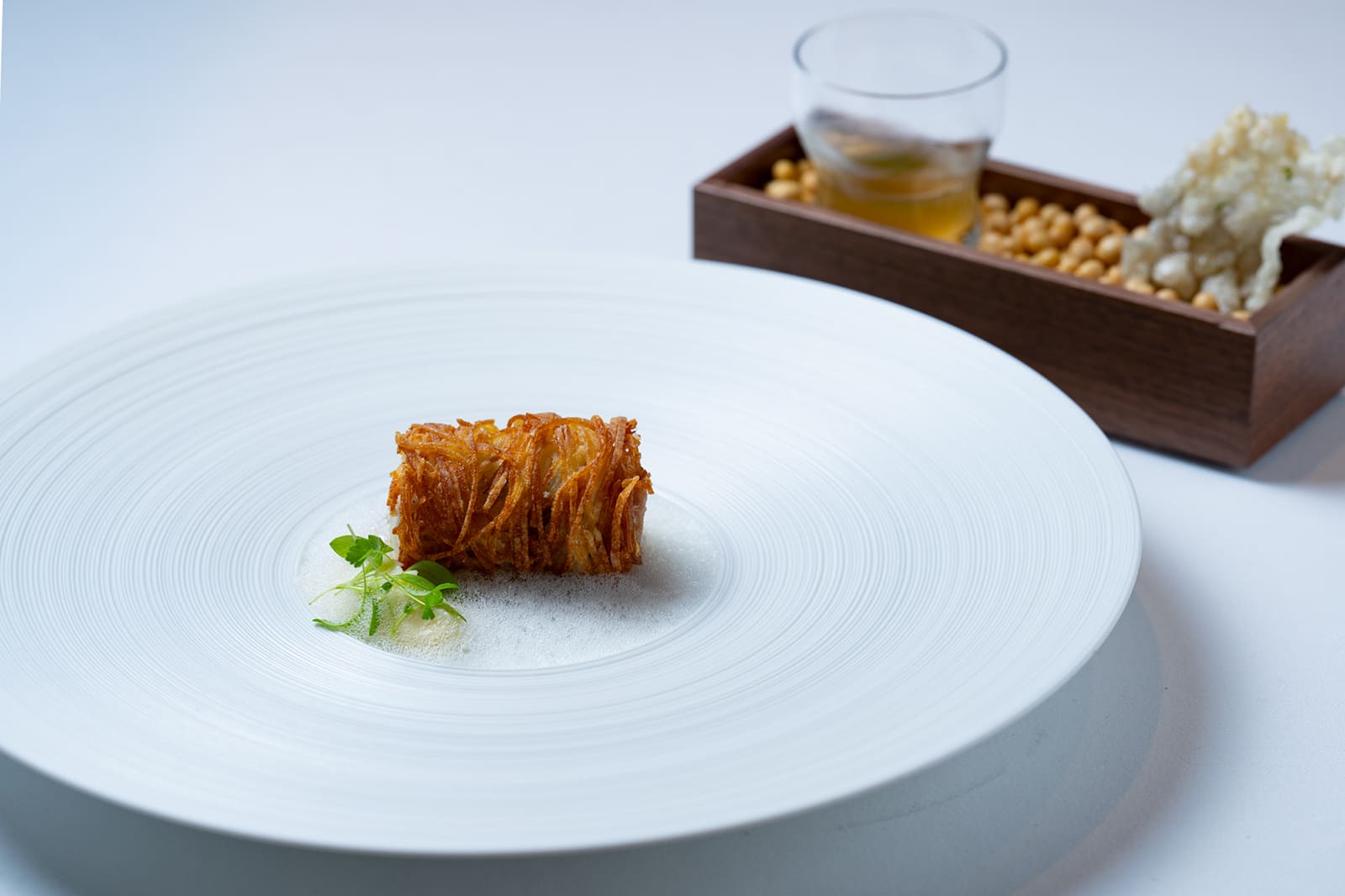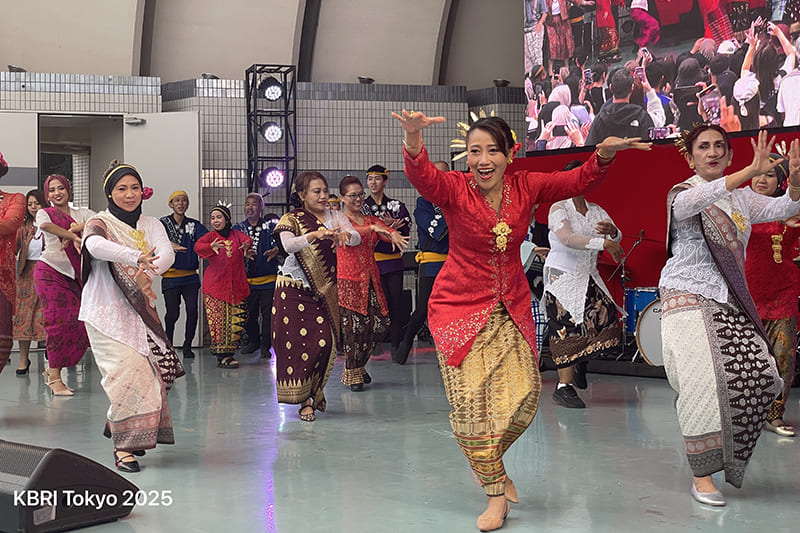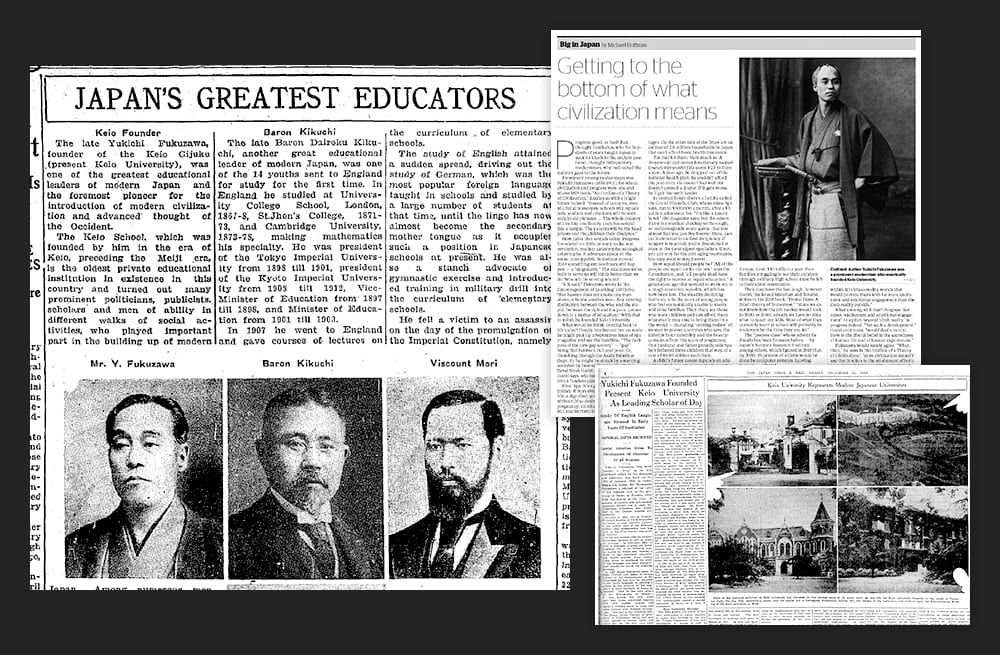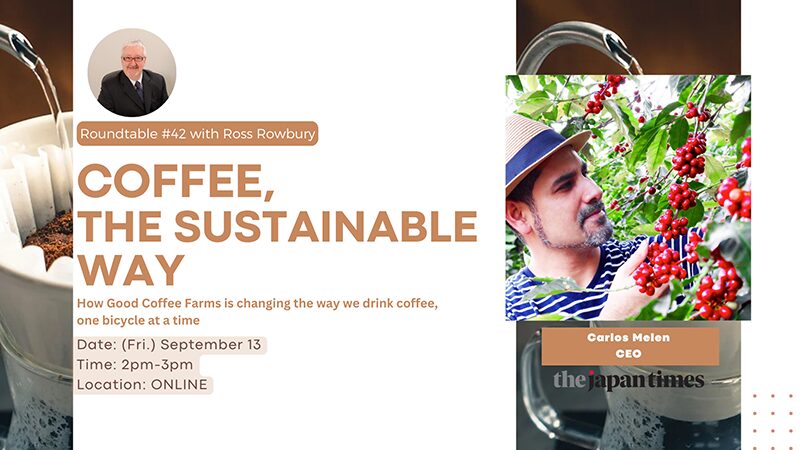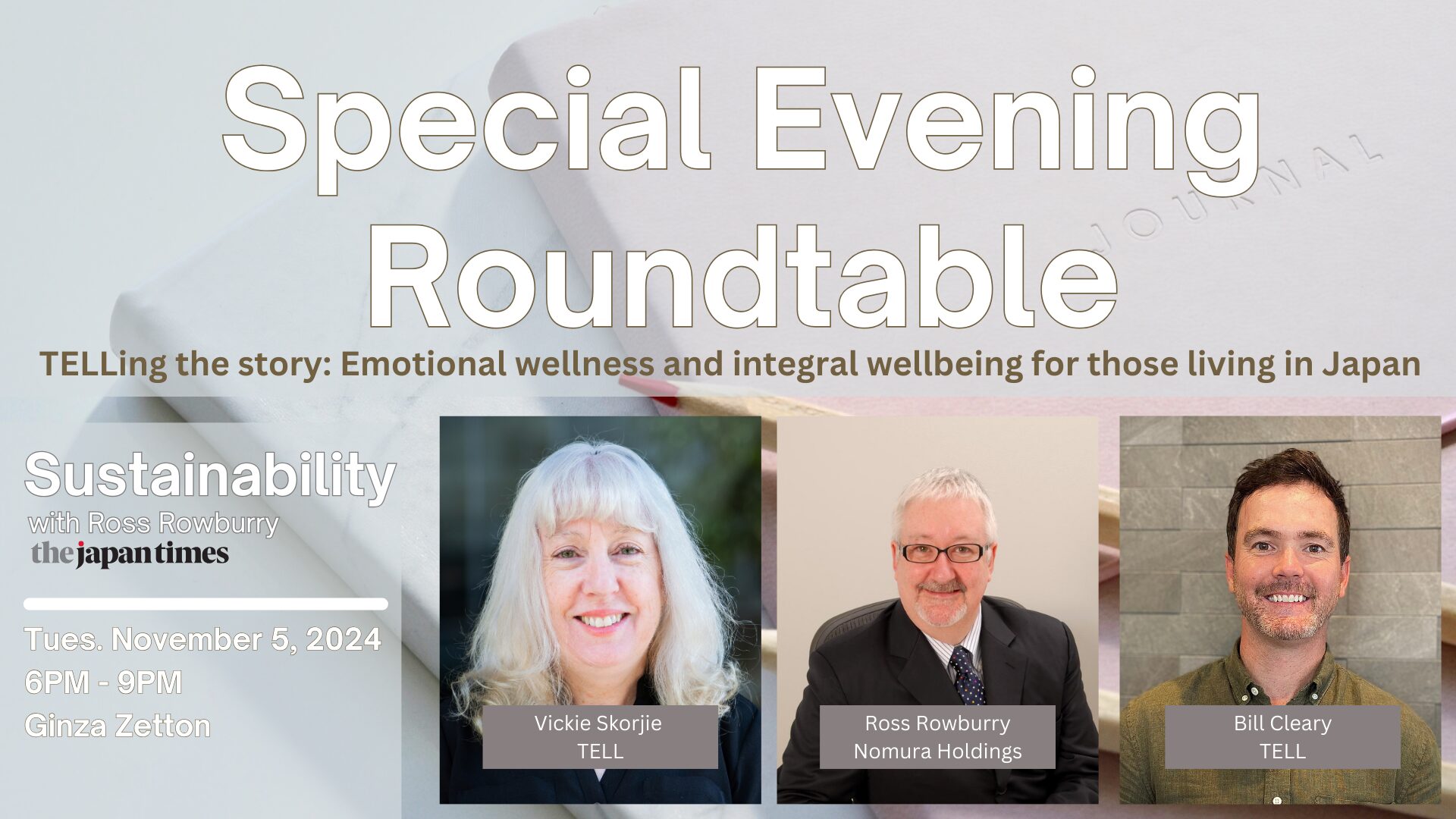July 25, 2025
Vol. 50: FROM THE EDITOR
“Just what it is / that resides here / I know not / Yet my eyes / Fill with tears”
Translation: www.greenshinto.com
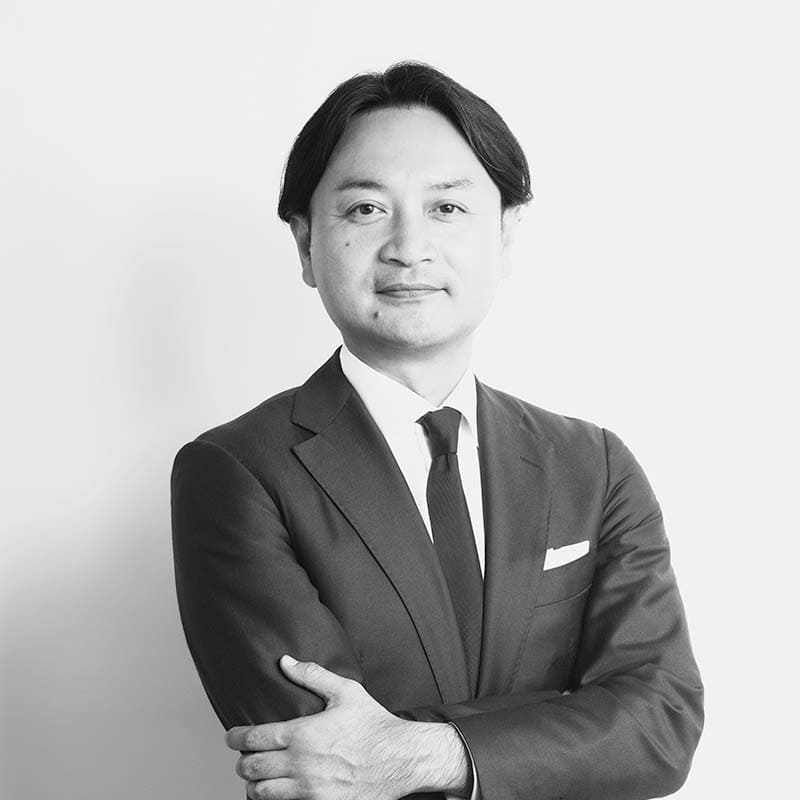
This poem is said to have been inspired by Ise Jingu. It was written by the poet Saigyo (1118-1190), who was active in the late Heian Period. Put simply, the poem says, “I don’t know what kind of sacred presence is here, but I am so awed by and grateful to it that tears naturally well in my eyes.” I believe this poem captures the feeling that Japanese people have when they experience Ise Jingu and other Shinto shrines. The Japanese have long thought of the sun, forest, ocean and mountains — all of nature — as objects of religious devotion. Sometimes offering blessings and at other times rage, nature invokes a sense of gratitude and fear for a power that is truly beyond human understanding.
In this special issue we focus on Ise Jingu, the highest-ranking of all Shinto shrines. While sustainability has become a buzzword in recent years, you could say Ise Jingu has been practicing it for 13 centuries. The most symbolic manifestation of this is Shikinen Sengu, the ceremony by which the shrine is rebuilt at regular intervals. Read on to discover what sustainability means for Ise Jingu.
Return to Sustainable Japan Magazine Vol. 50 article list page

